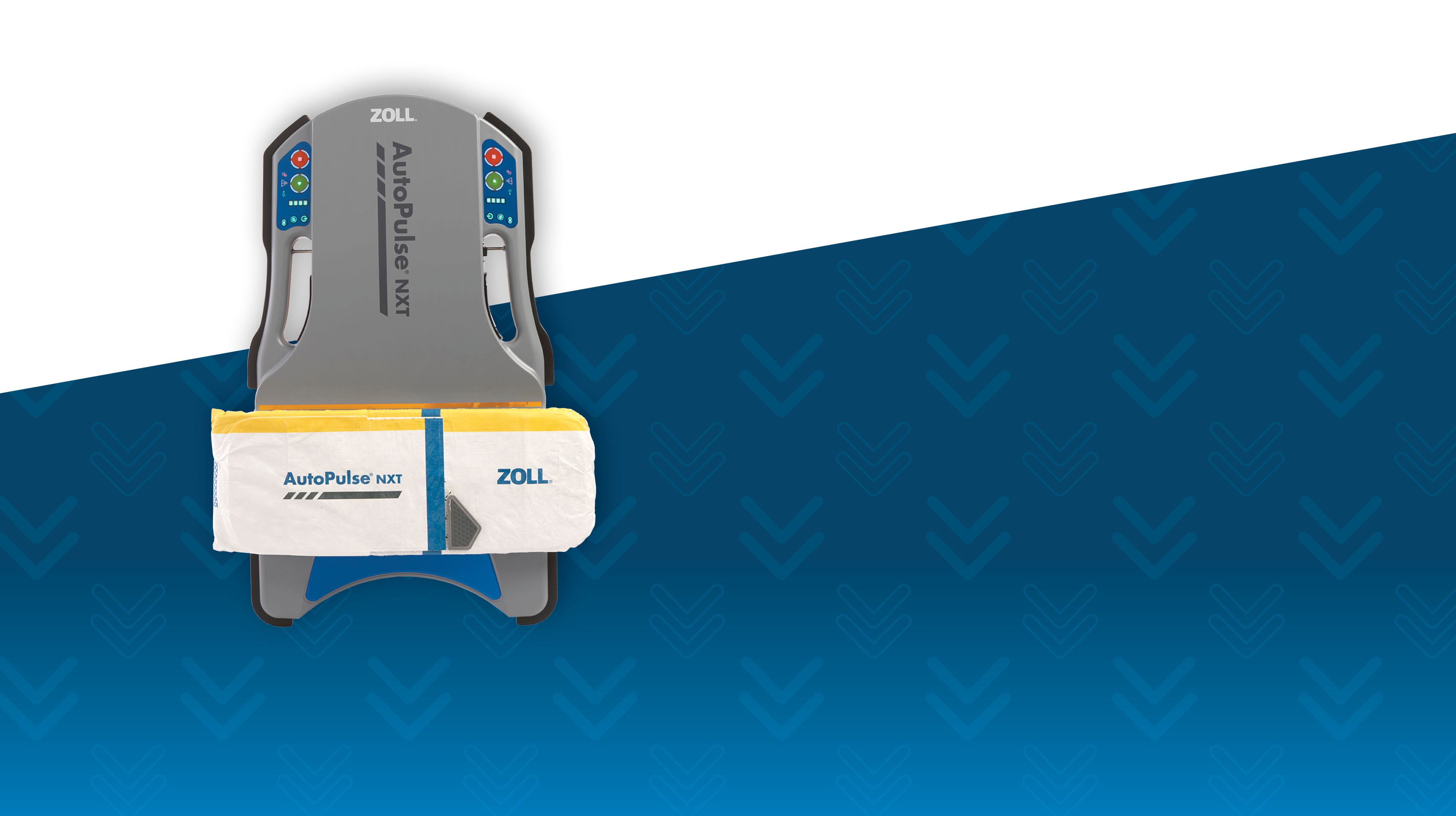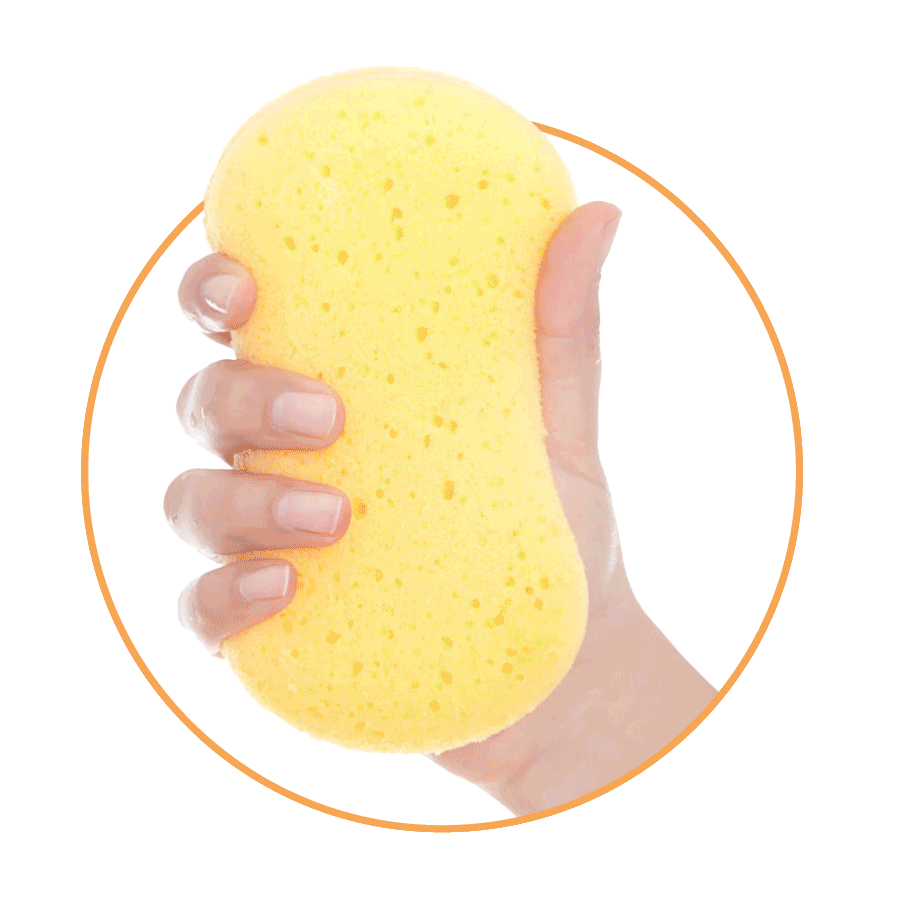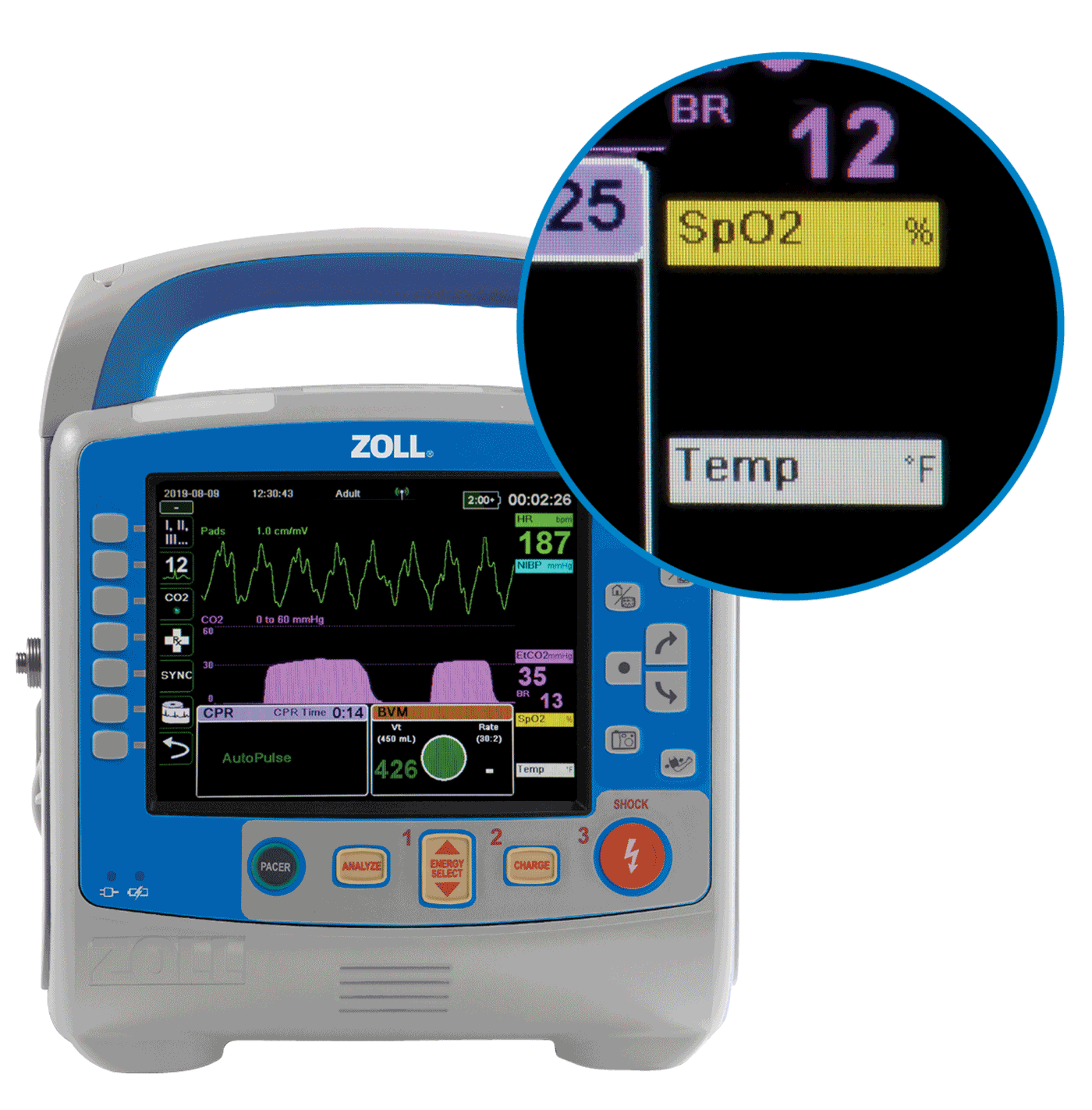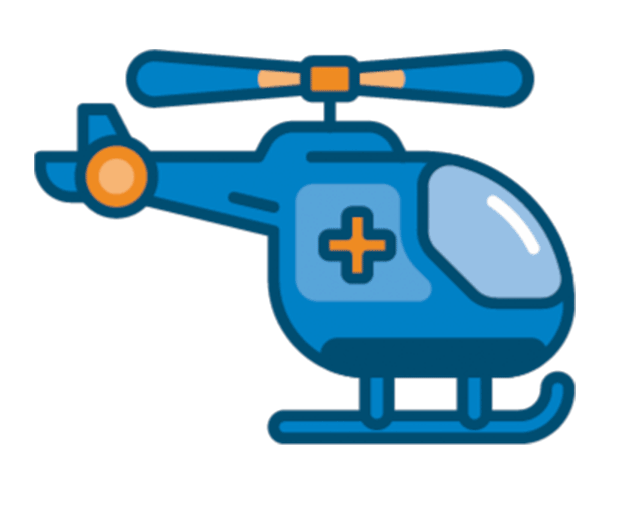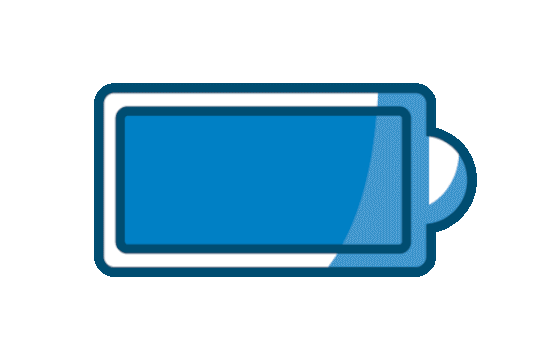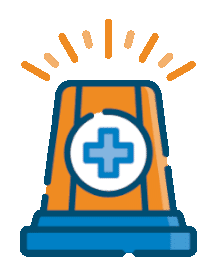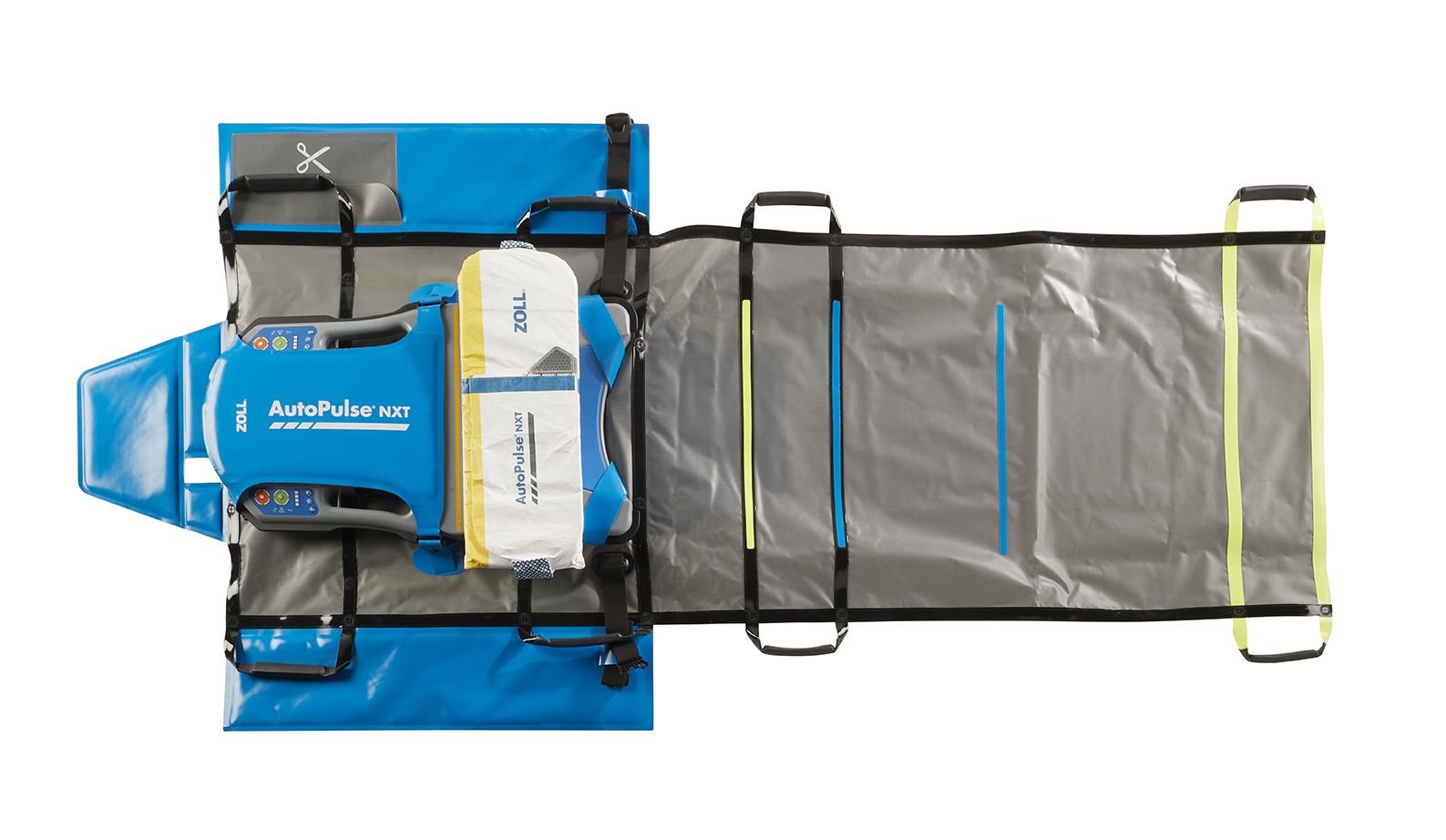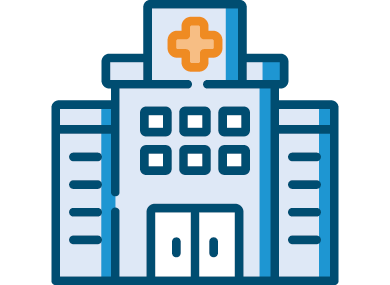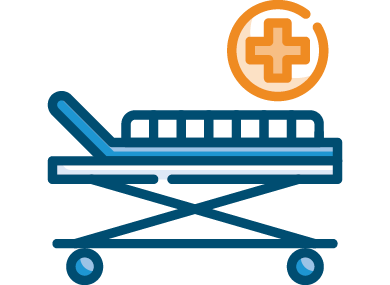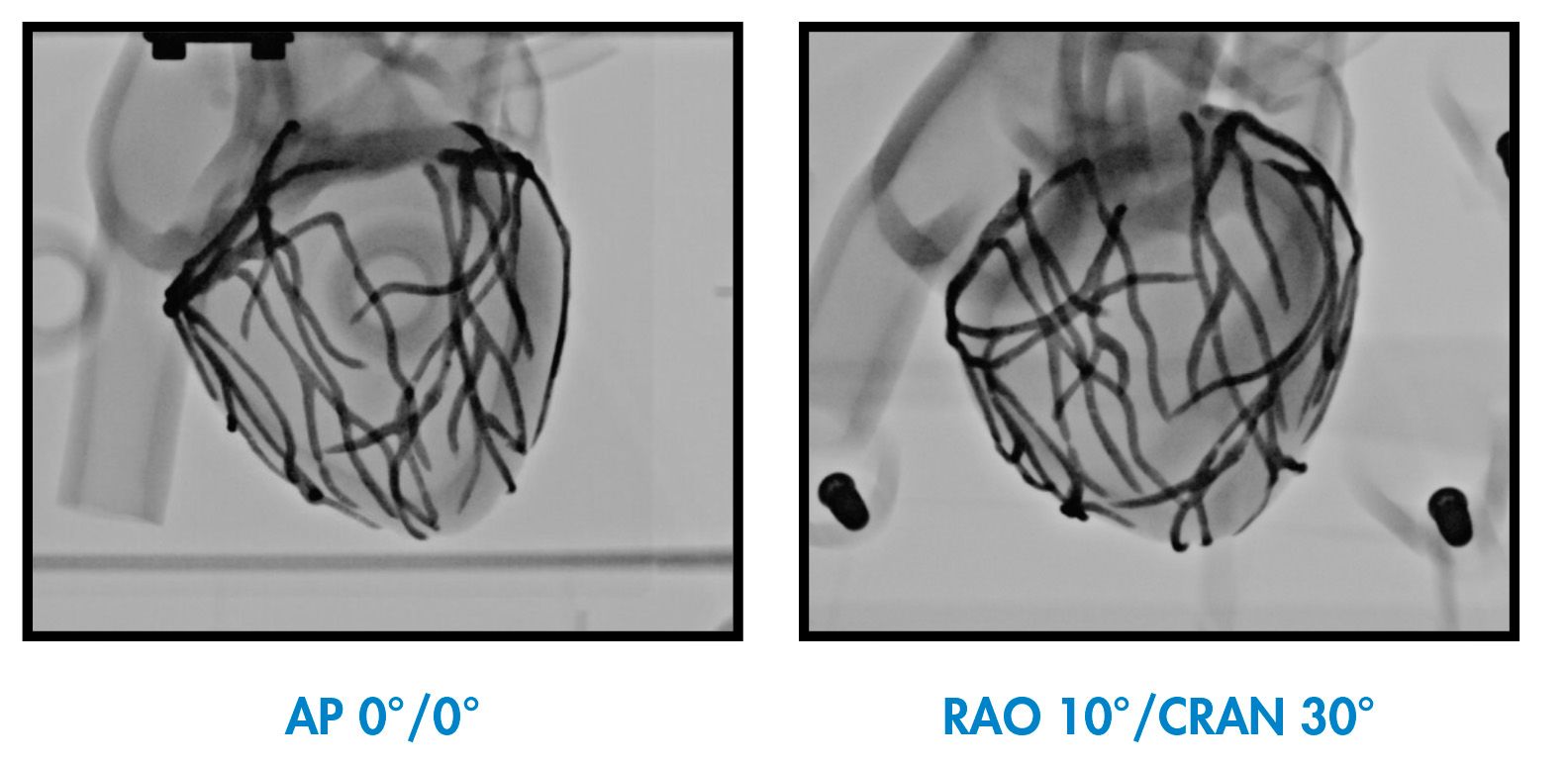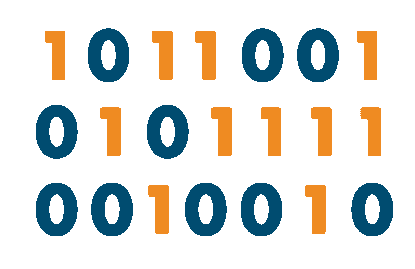The Next Generation AutoPulse
The AutoPulse® NXT Resuscitation System offers EMS teams high-quality CPR support with stability and maneuverability from the field to the hospital.
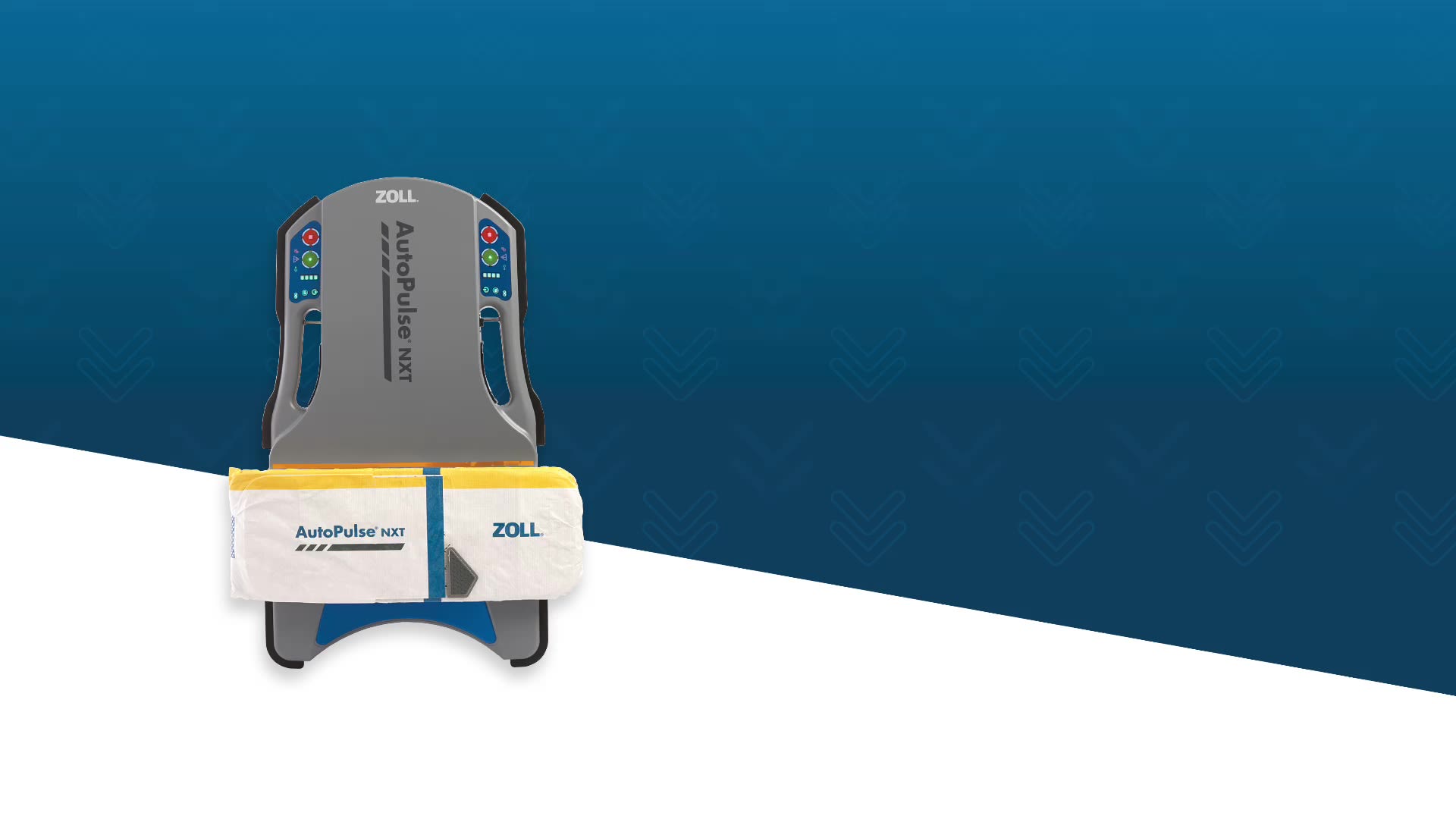
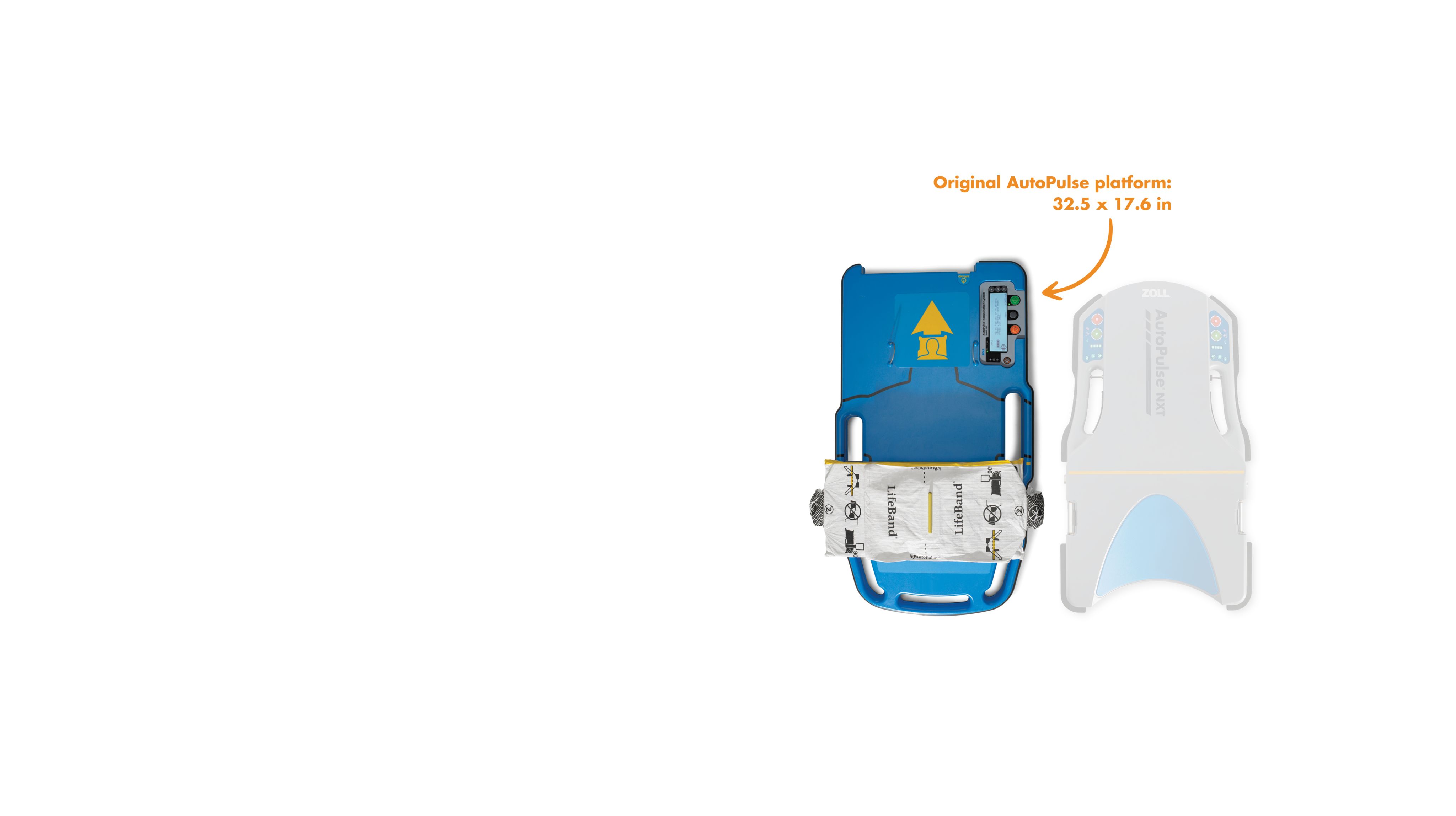
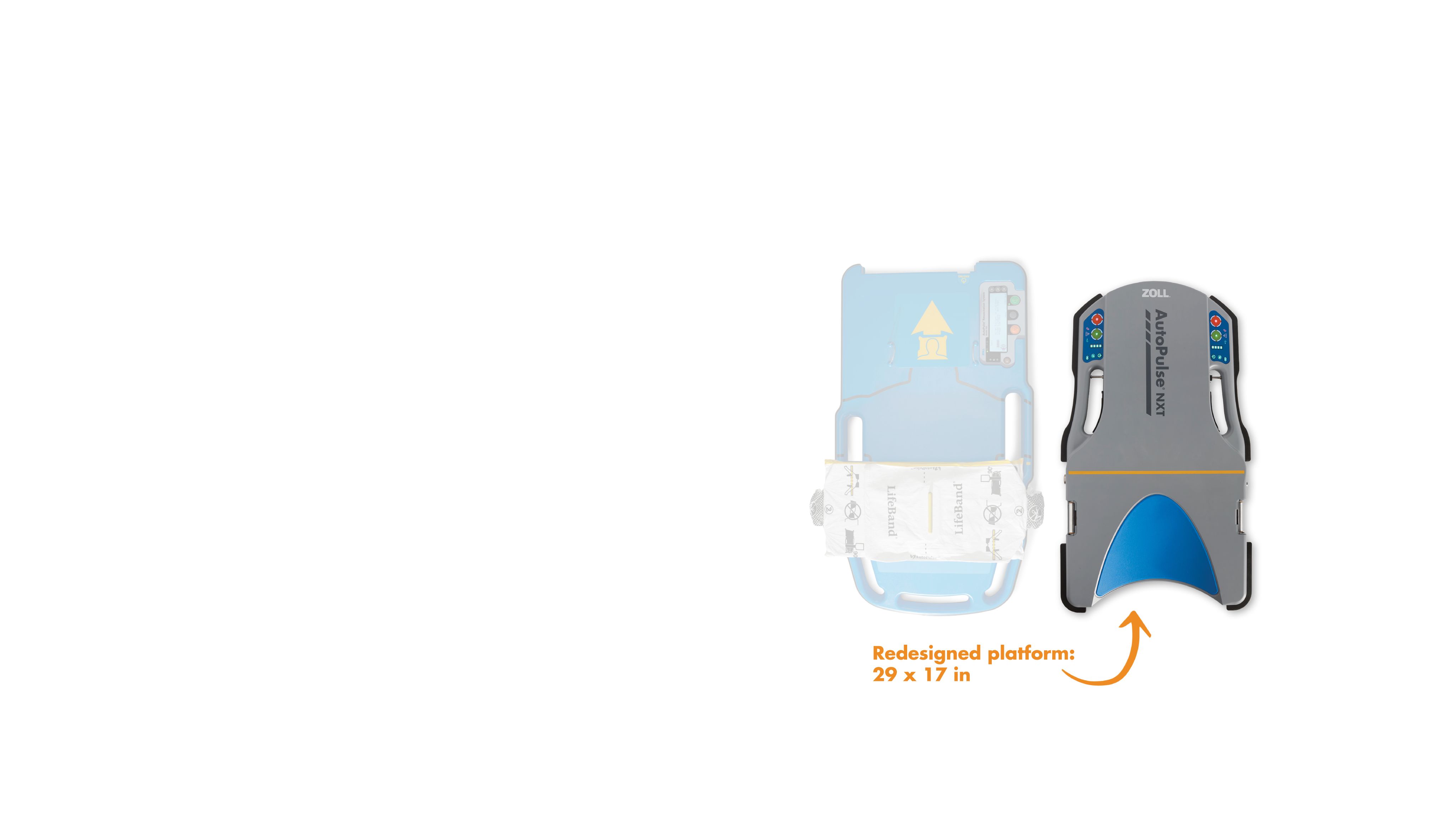
Improved design, same great clinical outcomes
The next generation of the AutoPulse Resuscitation System combines years of proven clinical performance with an improved user experience for more effective care.
With a low profile, lighter weight, and a smaller board, the redesigned AutoPulse NXT mechanical CPR device is easy to carry and can be stored upright or flat for quick access.
And its balanced weight makes it easier for EMS providers to bring this lifesaving equipment to the scene of a cardiac arrest.
More effectively manages a cardiac arrest
Responding to a suspected cardiac arrest requires preparedness and focus. EMS crews need to evaluate a scene for safety, assess the patient, and deliver care without delay. Immediate and consistent CPR is top priority.
The average deployment time from manual CPR to mechanical CPR with AutoPulse NXT is five seconds, limiting the time between manual and mechanical CPR to the AHA-recommended window.1
The patient quickly begins receiving customized, consistent, uninterrupted compressions circulating oxygenated blood that perfuses the heart and other vital organs. And rescuers have the opportunity to address other life threatening medical challenges.
“The need for [mechanical CPR] is real. The nearest hospital is about 1-1/2 hour round trip. AutoPulse NXT can be deployed in 30 to 45 seconds and allows the ambulance crew to be safely fastened into their seatbelts. Trust me, riding in the back of an ambulance and delivering manual CPR is not easy!”
Jerry Bob Grant, Tom Volunteer Fire Department, Tom, Oklahoma
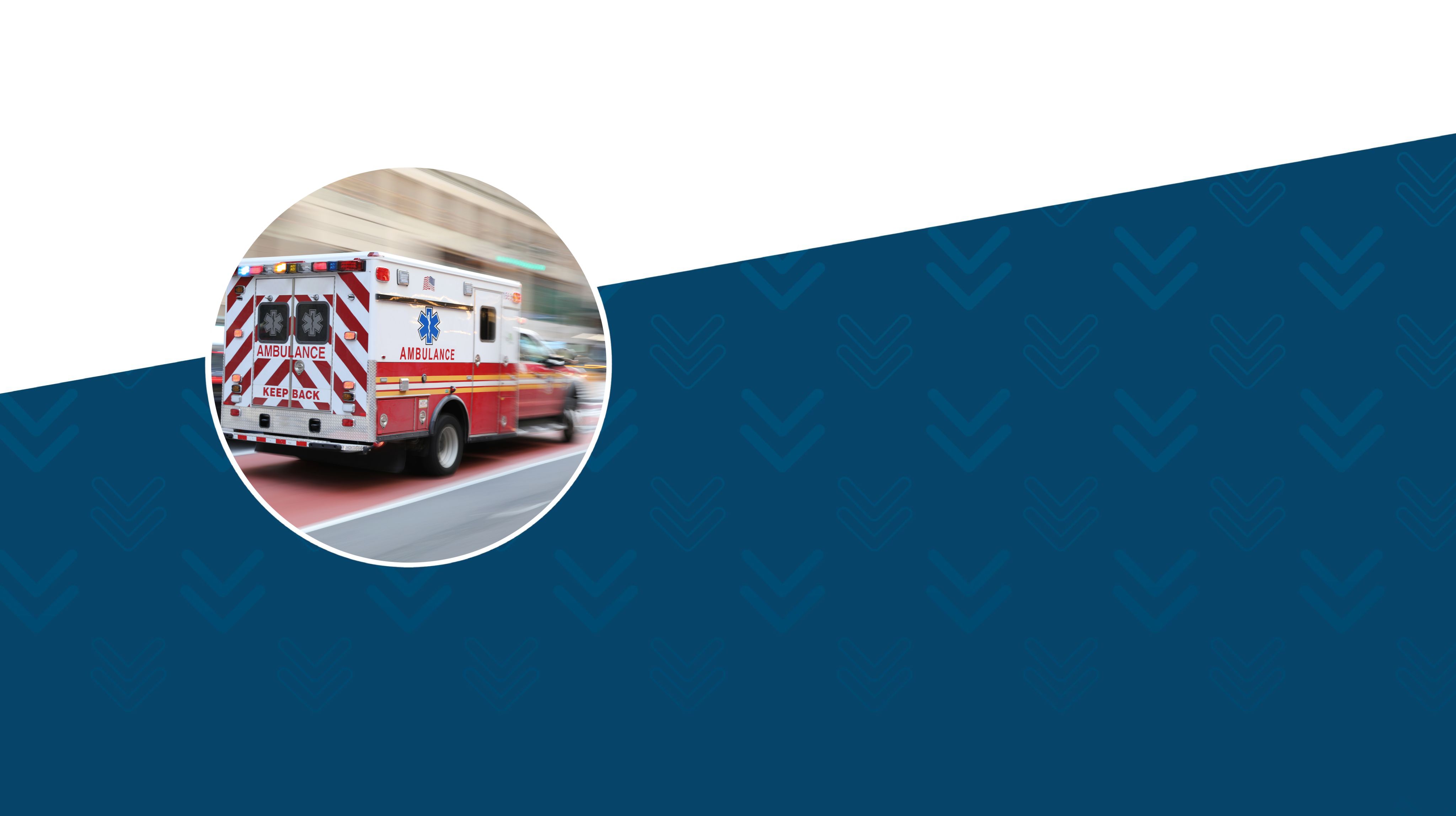
Supports your team during a rescue
Delivering manual CPR demands physical strength and stamina. Providers can quickly feel its effects, making it a challenge to maintain high-quality compressions, especially for a crew of only two.
The AutoPulse NXT mechanical CPR device delivers consistent compressions customized to the patient — compressions that don’t change over time.
Highly effective CPR during transport
Maintaining consistent, high-quality manual CPR in a moving vehicle can be challenging and poses risks to personnel. With AutoPulse NXT deployed, the patient continues to receive high-quality CPR without compromising the crew's safety.
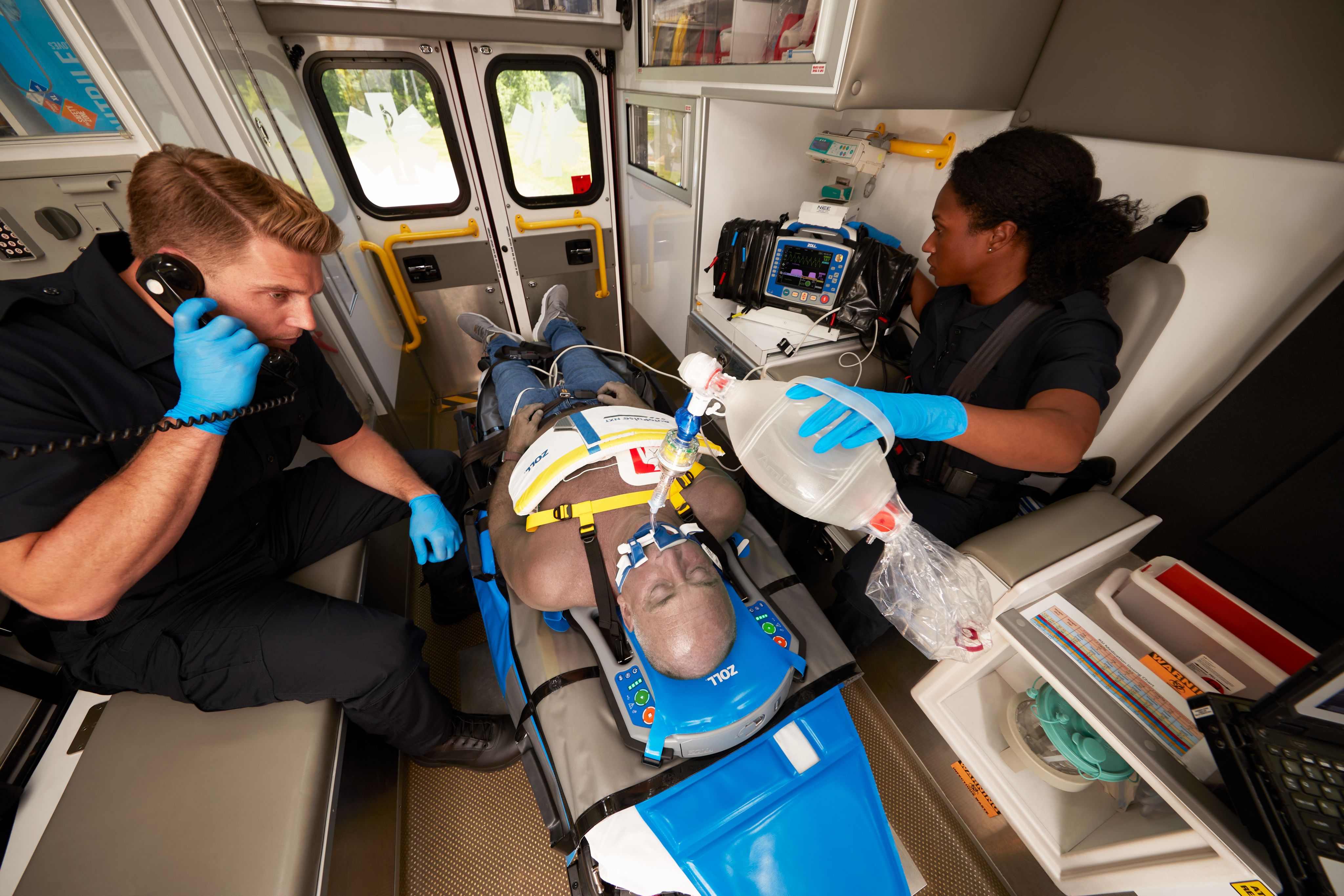
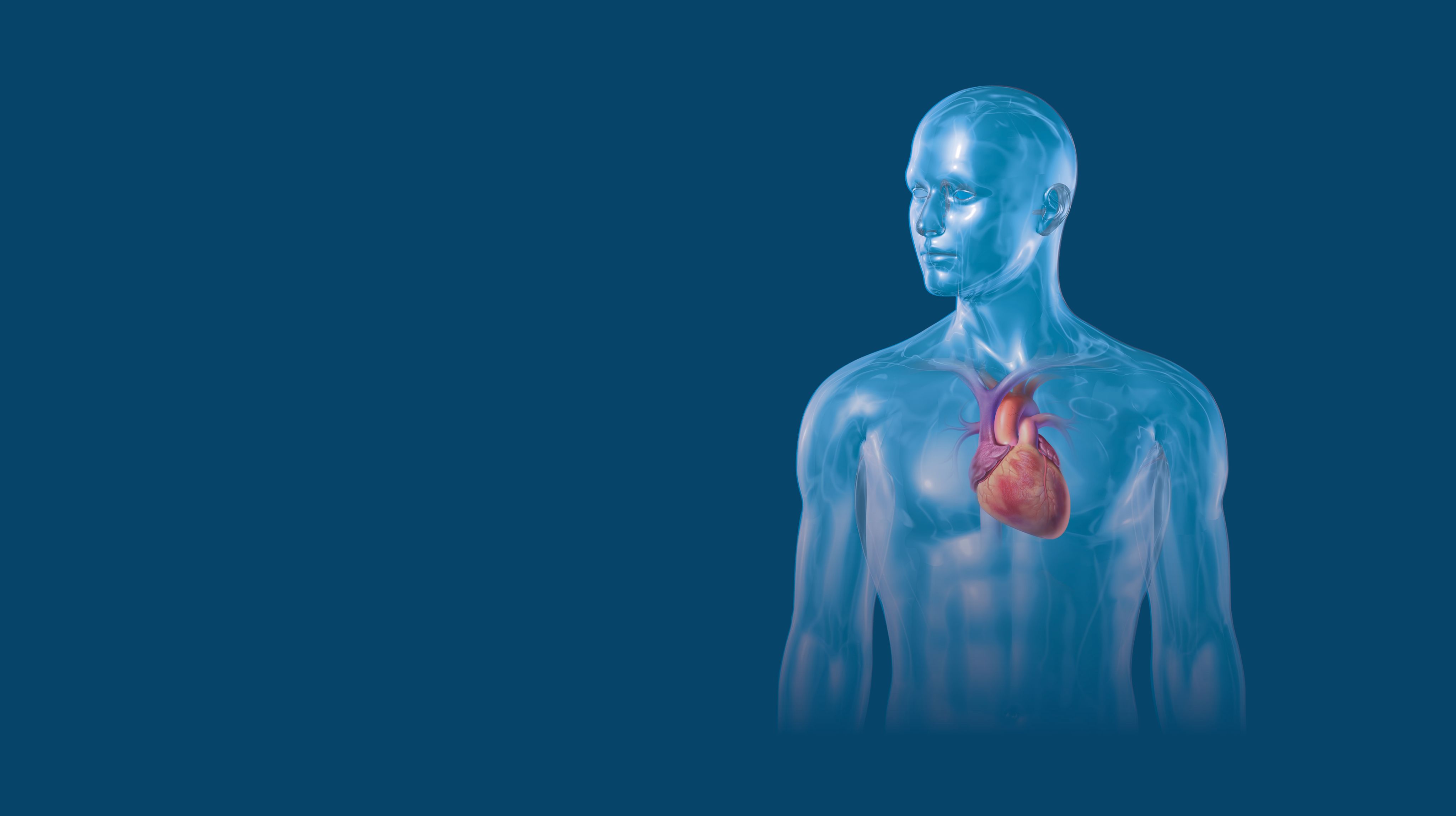
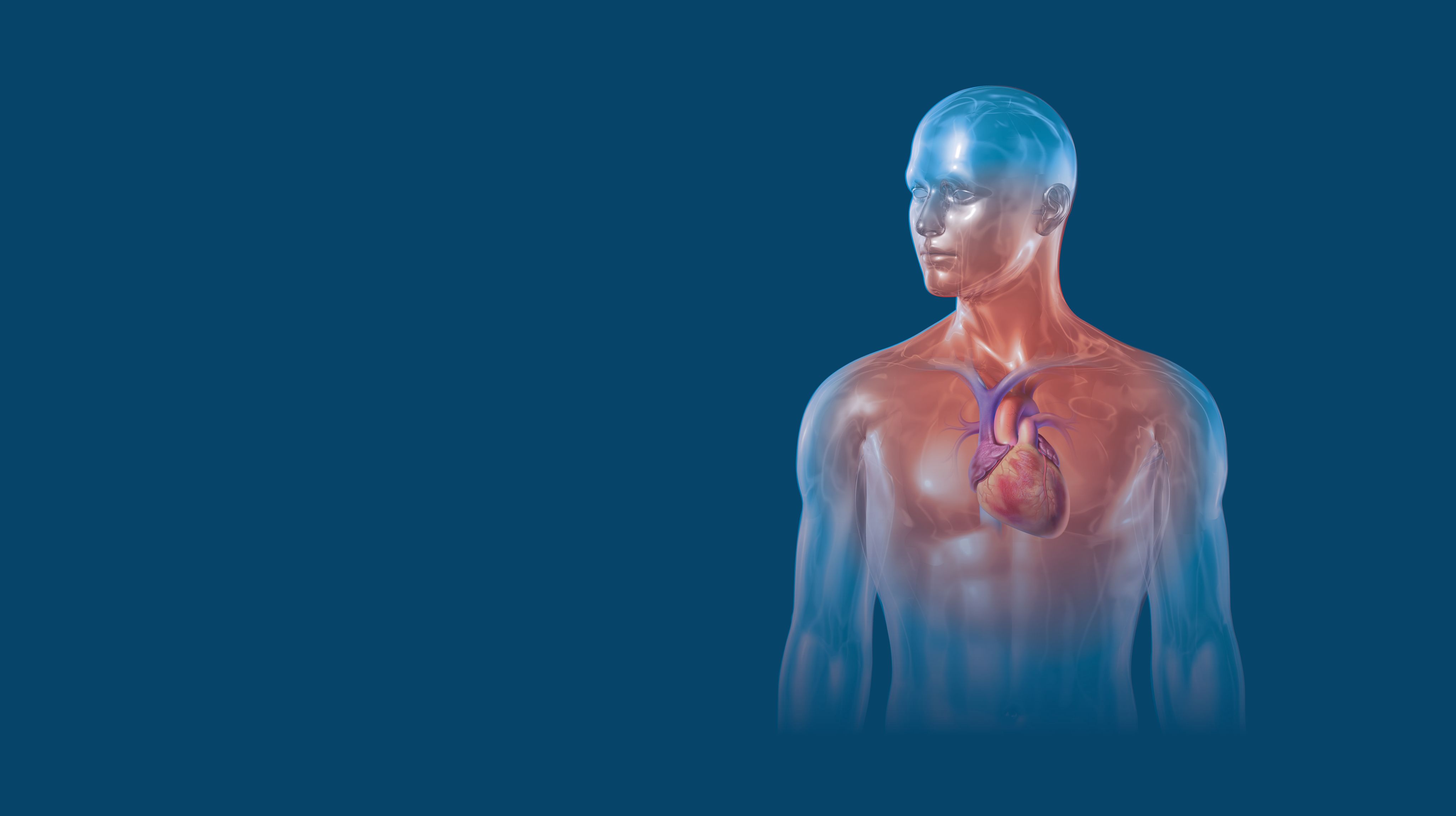
Improves hemodynamics
Blood flow through a patient’s arteries – like liquid in a sponge – circulates more freely when compressed from multiple locations around the thoracic cavity than from one single point.2
AutoPulse NXT delivers circumferential compressions to the thoracic cavity that increase vascular flow, helping to improve myocardial blood flow and drive perfusion when compared to manual CPR alone.2,3,4,5,6,7,8,9,10,11
"Compressing the heart from all sides helps keep the heart in one spot. Just by doing that circumferential squeeze, I'm allowing the heart to be compressed more and refill faster."
Brian Scheer, paramedic and ZOLL clinical deployment specialist
Studies also show additional benefits from circumferential compression:7,8,9,10,11
• Systolic BPs > 100 mmHg
• SpO2 values consistently > 90%
• Increased end-tidal CO2 (EtCO2) levels
Supports a wider range of patients
Each patient is unique. Equipment that treats as many patients as possible, regardless of physical characteristics, helps EMS crews provide quality care each time they respond to a call.
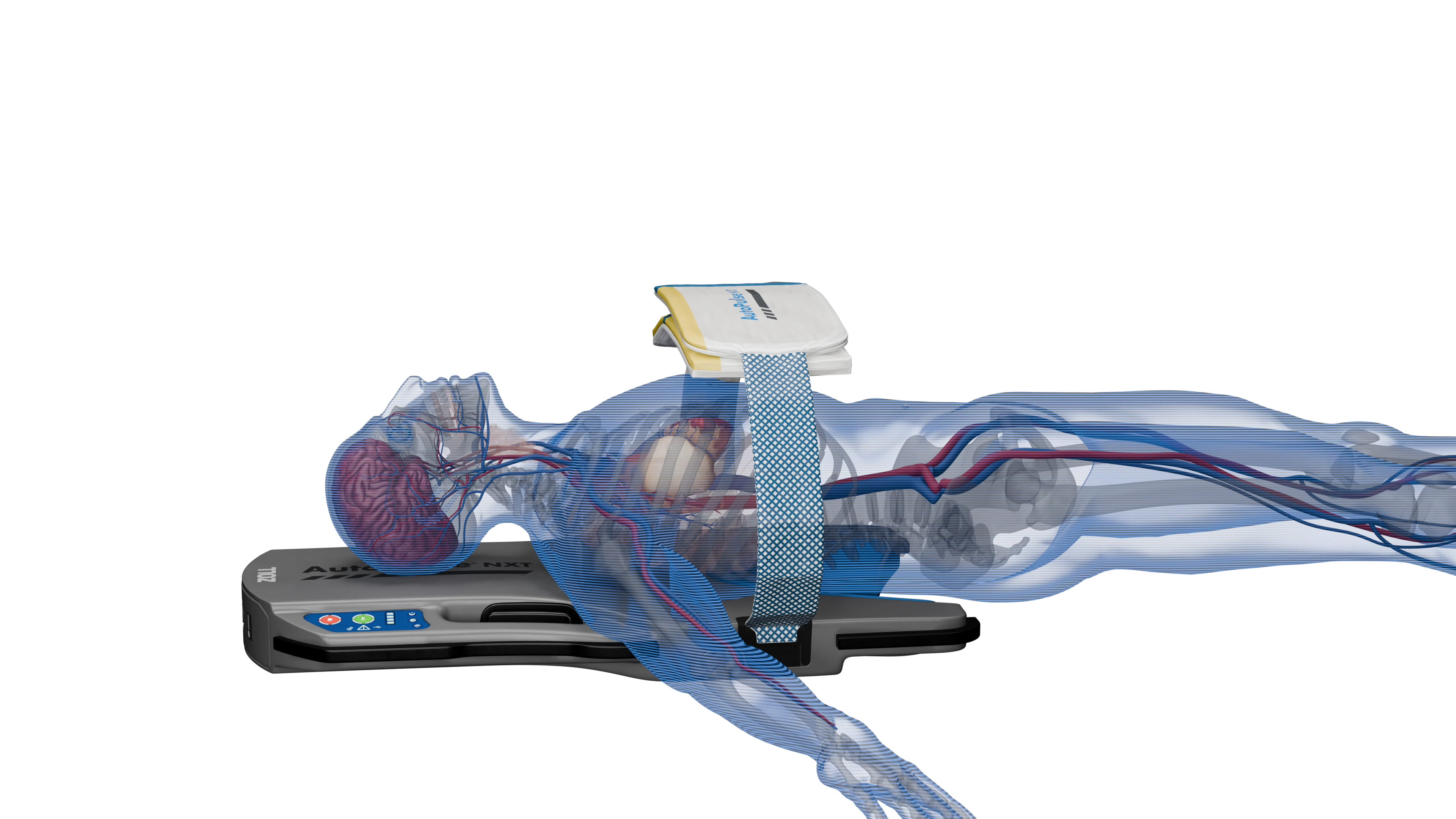
The AutoPulse NXT Band automatically sizes to the patient, measuring the chest to determine the appropriate compression depth. This technology reduces the need for pauses or manual adjustments based on chest circumference and fit.
AutoPulse NXT accommodates patients with a chest circumference between 30 and 56 inches. This means you can deliver automated compressions to a wider range of patients.
Designed for Resuscitation on the Move™
Emergency calls can take EMS crews to challenging environments, including small spaces and potentially unsafe accident scenes.
Controls on either side of the board mean clinicians can begin compressions from either side of a patient, important in tight spaces like crowded rooms, bathrooms, or automobiles.
The AutoPulse NXT Resuscitation System allows you to quickly begin delivering high-quality compressions while on scene before moving a patient to a more stable or suitable location for additional care.
Because a patient can be transported after AutoPulse NXT is deployed, crews can move patients down stairways, into smaller elevators, or to waiting rescue equipment — all while the patient receives highly efficient chest compressions.
"We chose the AutoPulse NXT because we felt the device had a better overall design compared to other automated CPR devices, and the AutoPulse provided better customer support for implementation training and warranty coverage. The team at ZOLL is there to help you succeed and answer any questions."
Josh Collier, South Metro Fire, Raymore, Missouri
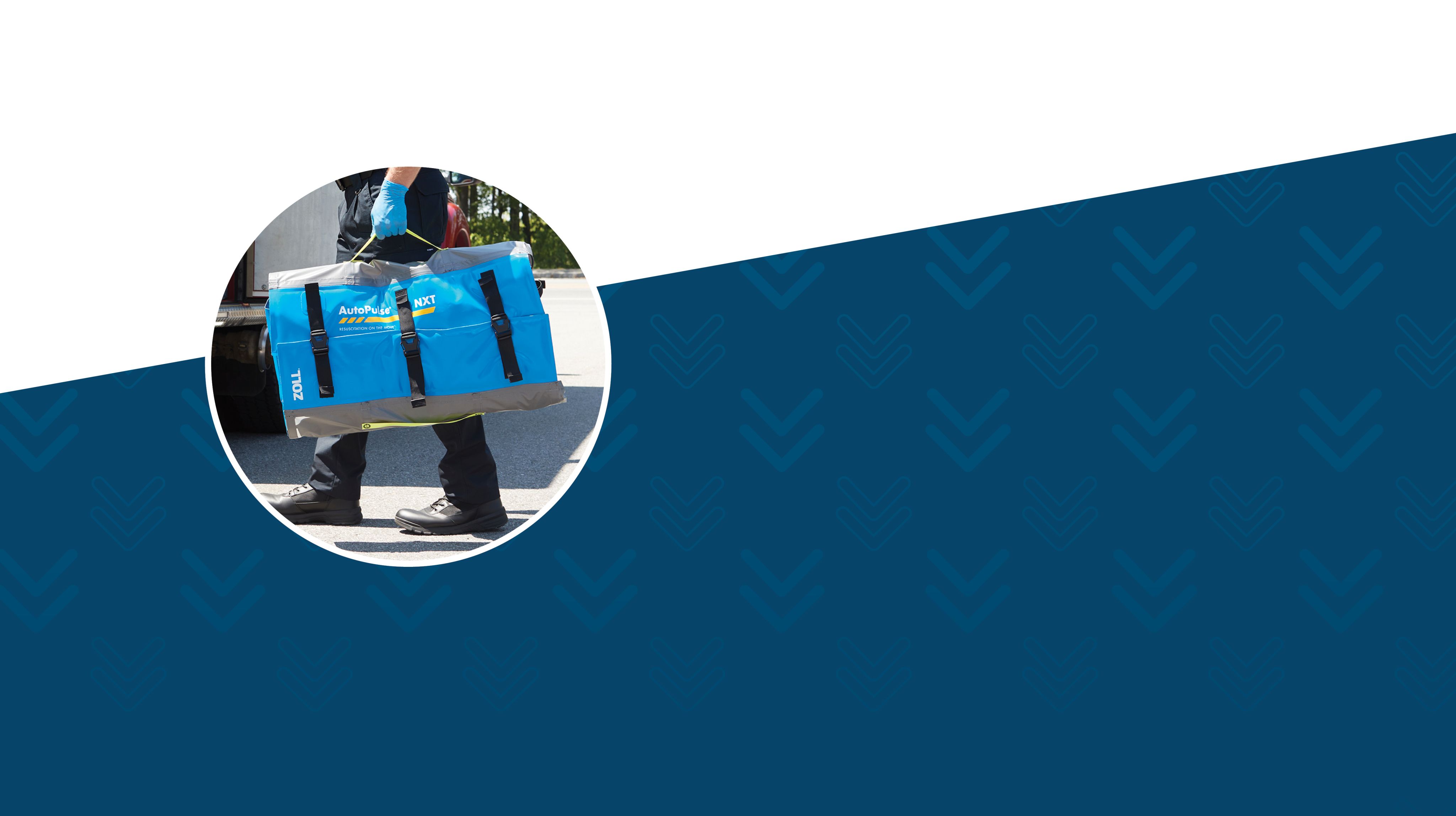
Ready for deployment
AutoPulse NXT batteries are designed for reliability and easy transition to ensure that your device remains powered throughout an arrest, whenever that cardiac arrest call comes in.
Battery indicators located on the outside of the device offer high visibility. A typical battery charge time of just two hours makes battery management easy.
Hastens return to service
If return of spontaneous circulation (ROSC) occurs, patients may remain on the board, allowing for immediate delivery of CPR in case of another arrest.
And the AutoPulse NXT Quick Case™ carry sheet has been redesigned to help get EMS crews back into service more quickly. The waist belt, shoulder harness, and carry sheet are all washable by hand or in an industrial washing machine.
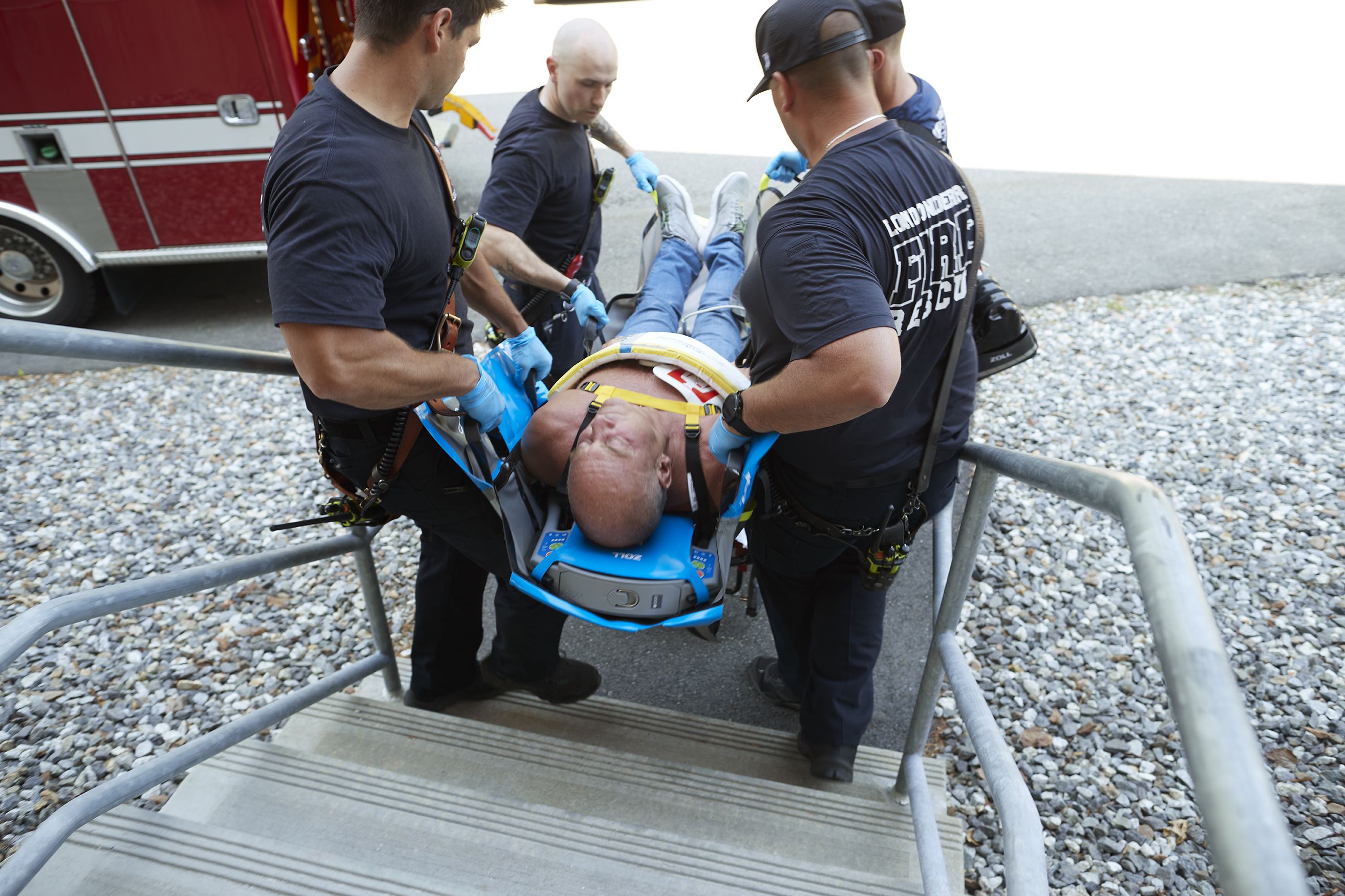
Supports continuum of care
AutoPulse NXT lets providers deliver consistent high-quality compressions to drive perfusion from out-of-hospital transport to the cath lab, continuing as long as necessary without a change in compression quality.
Facilitates treatment for STEMI patients
STEMI patients in cardiac arrest can continue receiving high-quality, consistent compressions throughout an intervention. Controls on either side of the board give providers easy access to the device.
Improves visibility
The AutoPulse NXT platform is designed to be more radiolucent for imaging in the cath lab. Coronary arteries are clear for most angles of the C-arm, and the low profile of the AutoPulse NXT Band accommodates more angles. Providers get a wider field of visibility, while reduced distance between the C-arm and a patient protects clinicians from excess scatter radiation.
Coronary arteries of a normal-sized adult heart model
Coronary arteries of a normal-sized adult heart model
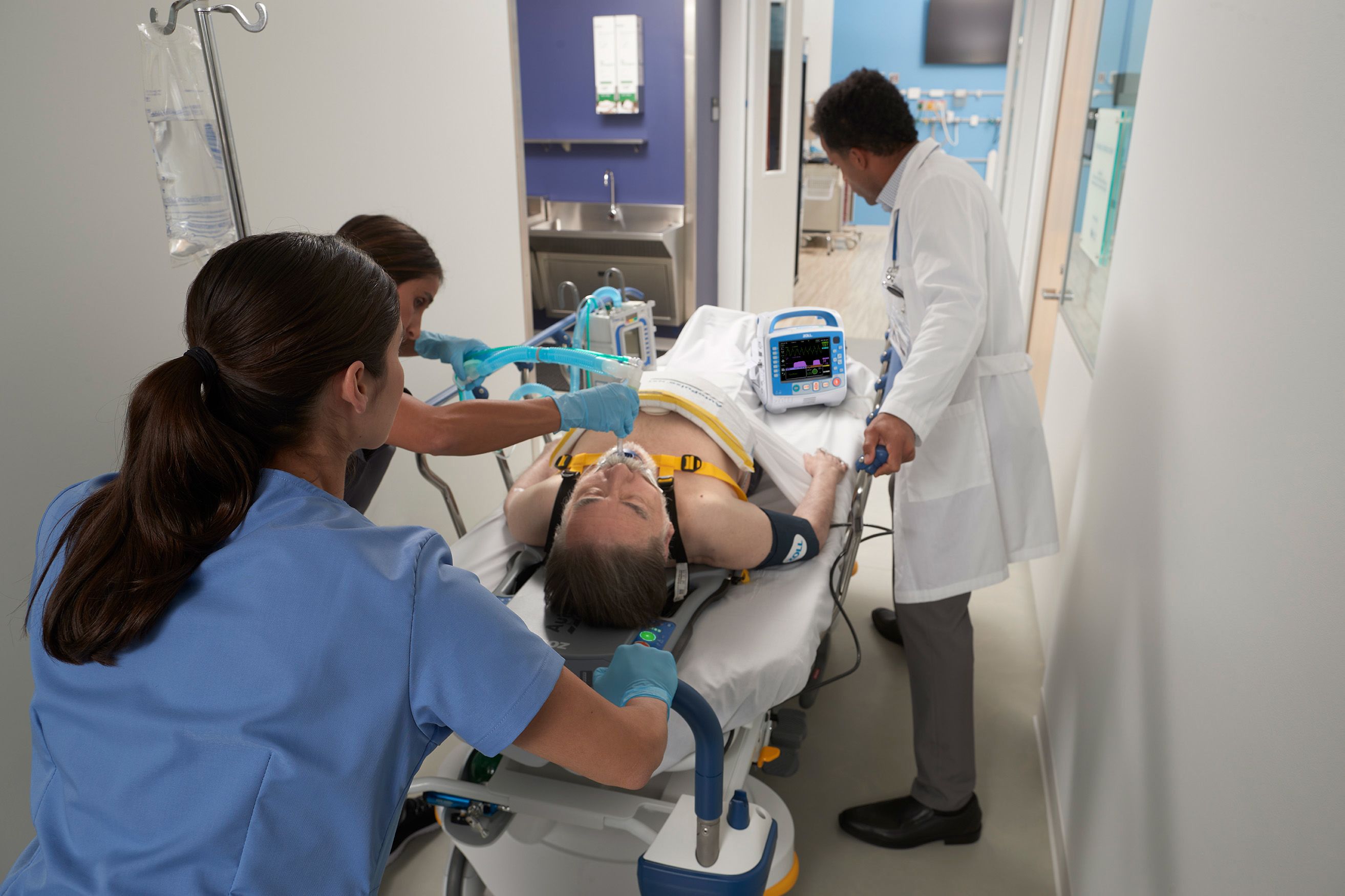
Seamless device recognition
Within seconds, the X Series® Advanced monitor/defibrillator recognizes the unique, patient-customized compressions performed by the AutoPulse NXT Resuscitation System.
Rescuers can clearly see on the monitor that high-quality CPR is underway, allowing them to focus on other critical, lifesaving tasks.
Effective data collection and review
RescueNet® CaseReview software with its Vital Sign Trends feature and data from AutoPulse NXT, X Series Advanced, or the R Series® monitor/defibrillator make AHA-recommended same-day debriefing possible.1
With playback functionality, every compression, intervention, and shock delivered to the patient is quickly captured for review. With RescueNet CaseReview, access to case files is as fast as opening the browser of any web-enabled device.
Everyday, EMS providers face challenging environments during patient treatment and transport, including small workspaces and moving vehicles.
The AutoPulse NXT Resuscitation System makes it easier to deliver high-quality compressions in difficult settings.
1AHA 2020 Guidelines. Circulation. 2020;142(suppl 2):S366–S468
2Westfall M, et al. Crit Care Med. 2013 Jul;41(7):1782–1789.
3Ong ME, et al. JAMA. 2006;295:2629–2637.
4Casner M, et al. Prehosp Emerg Care. 2005;9:61–67.
5Halperin HR, et al. J Am Coll Cardiol. 2004;44(11):2214–20.
6Frey, et al. Scandinavian Journal of Trauma, Resuscitation and Emergency Medicine. 2016;24:64. Doi:10.1186/s13049-016-0253-0.
7Timmerman, et al. Resuscitation. 2004:61:273-280.
8Gonin, et al. Rev des Samu. 2005;27:152-153.
9Swanson, et al. Circulation. 2008;118: S767.
10Duchateaux, et al. Intensive Care Med. 2010;36:1256-1260.
11Liu, et al. Chinese Critical Care Medicine. 2010;11:660-662.
Copyright © 2025 ZOLL Medical Corporation. All rights reserved. AutoPulse, Quick Case, RescueNet, R Series, X Series, and ZOLL are trademarks or registered trademarks of ZOLL Medical Corporation in the United States and/or other countries. All other trademarks are the property of their respective owners.
